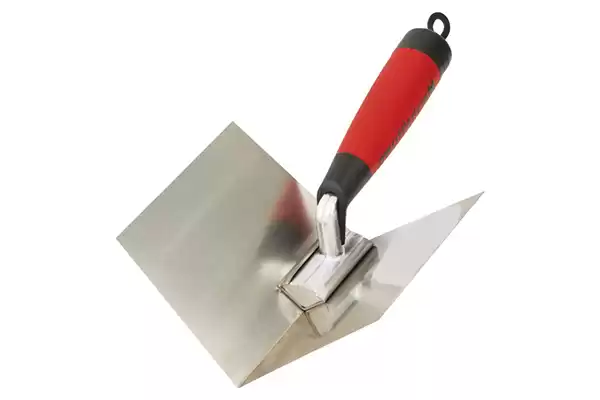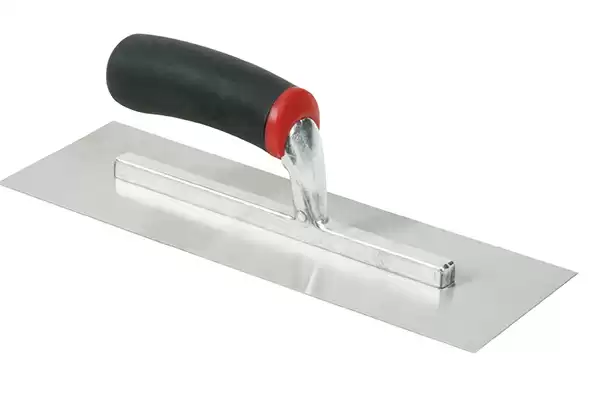Drywall Trowel: Curved or Straight? Which One Is Better?
When it comes to drywall installation, having the right tools is crucial for achieving professional results. One of the essential tools in a drywaller’s arsenal is the trowel. However, choosing between a curved or straight trowel can be a perplexing decision. Both types have their advantages and specific use cases. In this article, we will explore the differences between curved and straight trowels, their strengths and weaknesses, and help you determine which one is better suited for your drywall projects. So, let’s dive in and shed some light on this common conundrum.
The Curved Trowel: Flexibility and Control
What is a Curved Trowel?
A curved trowel, also known as a bow or banana trowel, features a slight curve along its length. This design allows the blade to flex slightly while applying joint compound or mud onto the drywall surface. The curve of the trowel helps to distribute the compound evenly, reducing the risk of excessive buildup or uneven application.
Advantages of a Curved Trowel
One of the significant advantages of a curved trowel is its flexibility. The slight bend in the blade allows for better control and maneuverability, especially when working on corners or tight spaces. The curved shape helps to minimize the risk of digging into the drywall or creating unwanted marks during the finishing process. Additionally, the flexible nature of the curved trowel makes it ideal for feathering or blending compound edges, resulting in smoother and more seamless finishes.
Best Use Cases for a Curved Trowel
A curved trowel is particularly useful when working on drywall joints and corners. The flexibility and control it offers make it easier to achieve clean and crisp edges. It is also beneficial for applying compound on tapered edges and seams, ensuring a smooth transition between different sections of the drywall. If you frequently work on complex or intricate drywall projects, a curved trowel can be a valuable tool in your arsenal.

The Straight Trowel: Efficiency and Precision
What is a Straight Trowel?
A straight trowel, also known as a flat trowel, has a blade that is completely straight from end to end. Unlike the curved trowel, it does not have any flex or curve along its length. The straight design provides stability and precision during the application of joint compound or mud.
Advantages of a Straight Trowel
The main advantage of a straight trowel lies in its stability and control. The absence of a curve allows for a more rigid and steady application of joint compound. This stability makes the straight trowel ideal for spreading compound over larger surface areas, such as flat sections of the drywall. The straight edge of the trowel helps to create flat and even finishes, reducing the need for additional sanding or touch-ups.
Best Use Cases for a Straight Trowel
A straight trowel is best suited for broader and flatter areas of the drywall, such as the main body or field. It excels in spreading joint compound evenly across large surface areas, ensuring a consistent coat. The straight edge of the trowel allows for precise control when smoothing and leveling the compound, resulting in a professional-looking finish. If you primarily work on larger and more straightforward drywall projects, a straight trowel may be the better choice for you.
Conclusion
When it comes to choosing between a curved or straight trowel for your drywall projects, there is no definitive answer. It ultimately depends on the specific requirements of your project and your personal preference as a drywaller. The curved trowel offers flexibility and control, making it ideal for corners and intricate work. On the other hand, the straight trowel provides stability and precision, making it efficient for larger, flatter areas. Consider having both types of trowels in your toolkit to take advantage of their respective strengths. With the right trowel in hand, you’ll be well-equipped to tackle any drywall project that comes your way.
Post time: 2月-20-2024







